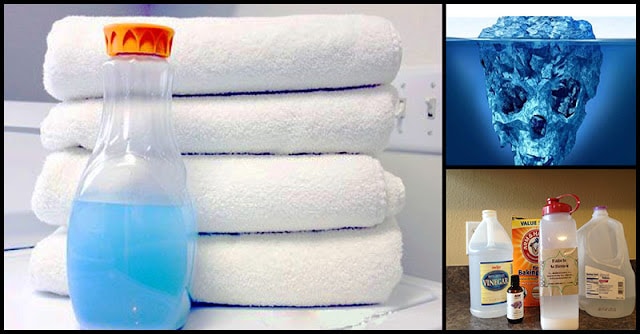Over the last decade, fabric softener sales have dropped by around 25%. This lost in sales are being blamed by Proctor & Gamble to the millennials, with the head of the company saying that they don’t know what the product is for.
Being a little more honest with herself, the vice president of Snuggle says that Millennials are more “eco-conscious” as compared to their parents’ generation. They don’t want to use too many toxic chemicals in their home.
In the 1960s, this liquid product became popular. It was the time when detergents and washing machines left clothes feeling stiffer. Since then, washing machines, fabrics, and detergents have all improved and most importantly, Millennials are becoming more aware of the toxic chemicals present in the product which include:
Alpha-Terpineol: can cause respiratory problems and central nervous damage
Camphor: can be easily absorbed through the skin and causes central nervous disorders
Chloroform: a carcinogenic neurotoxin
Benzyl Acetate: linked to pancreatic cancer
Benzyl Alcohol: respiratory tract irritant
Ethanol: On the EPA’s ‘hazardous waste’ list. It can cause central nervous system disorders
Ethyl Acetate: a narcotic on the EPA’s ‘hazardous waste’ list
Limonene: a known carcinogen that irritates eyes and skin
Linalool: depresses heart activity and causes central nervous system disorders
Alternative Ways To Make Your Fabrics Soft
You can just opt for natural fabric softeners or you can try these ideas instead:
- Add 1/2 cup of baking soda to the water in your washing machine and let it dissolve prior to adding your clothes. The baking soda acts as a water softener and helps make clothes super soft.
- You can also soften clothes by adding a cup of vinegar to the wash water but this method is not as effective as the baking soda technique.
- Some people toss tennis balls or other rubber balls into the dryer with clothes. However, the heat of the dryer can cause the rubber to off-gas onto your clothing. This is definitely not the method for you if you have an allergy to latex. Additionally, you will not choose this method if you’re drying delicate clothing items.
- Keep synthetic fabrics out of the dryer since they are the culprits when it comes to static. Natural fibers like cotton, linen, bamboo, and hemp are best dried on their own.
- The aluminum foil ball technique – Tightly scrunch a piece of foil to form a ball and throw it in with clothes in the dryer. There is some possible concern with increasing your exposure to aluminum (which has been linked to some brain disorders). It can also snag delicate clothes.









